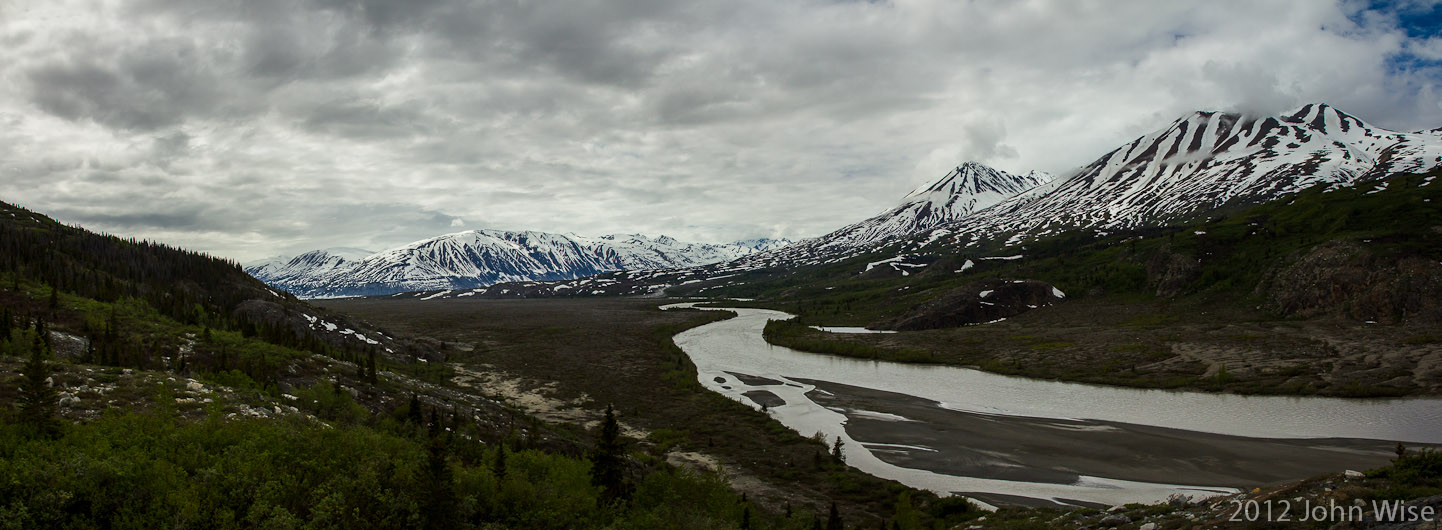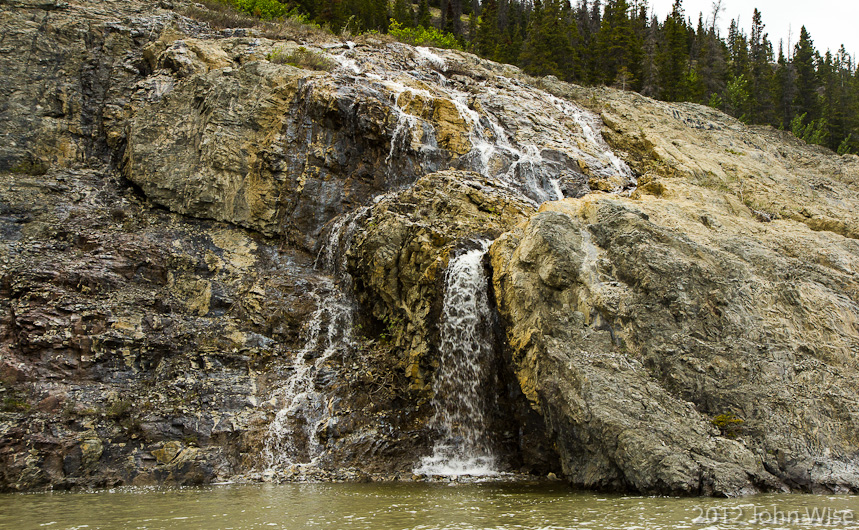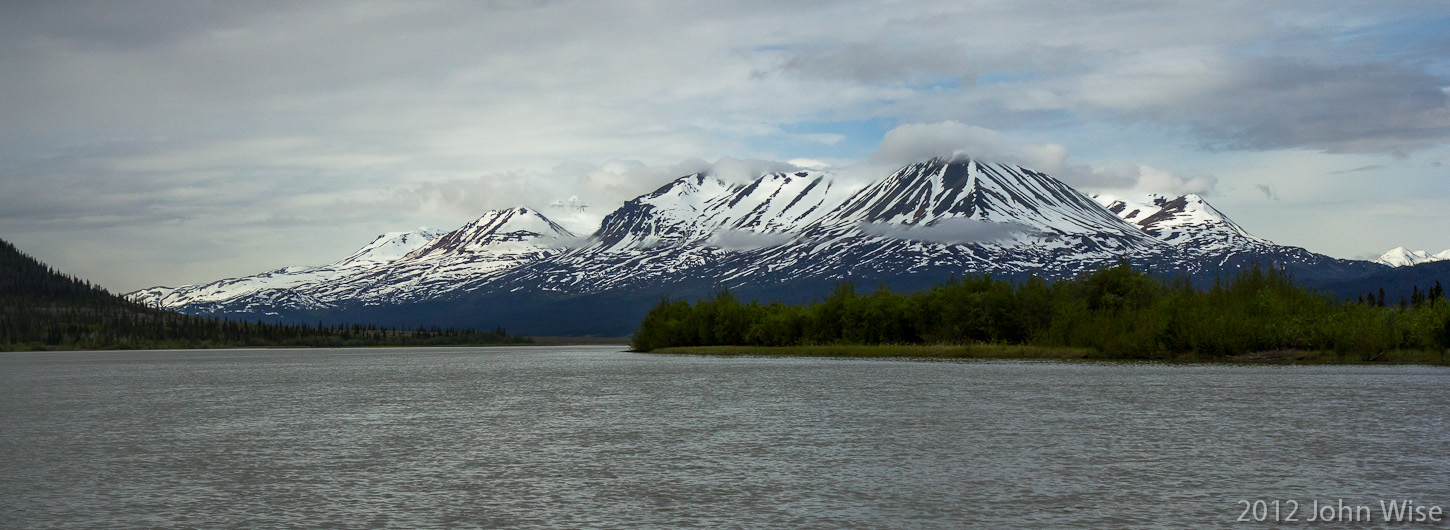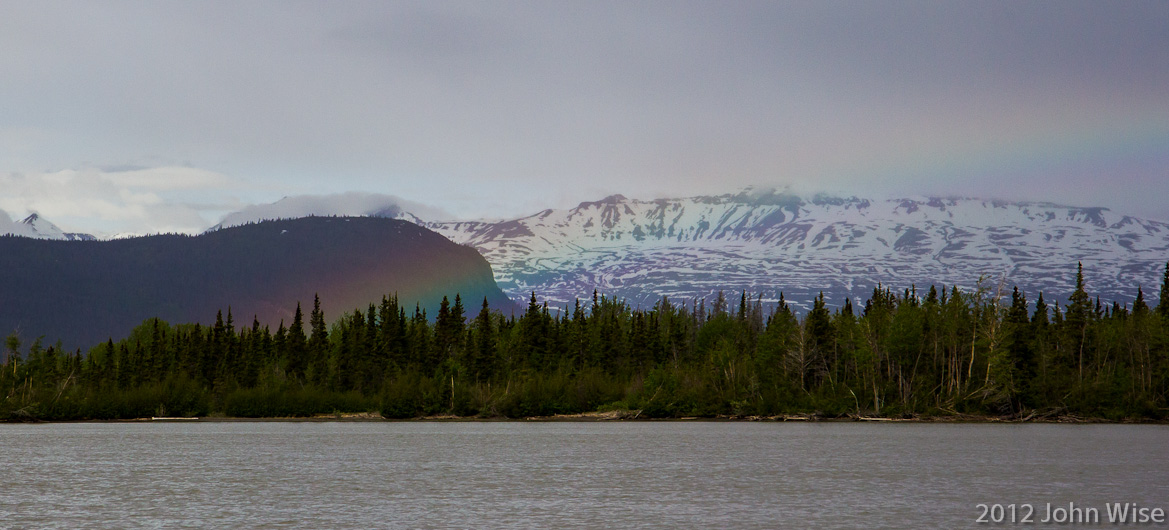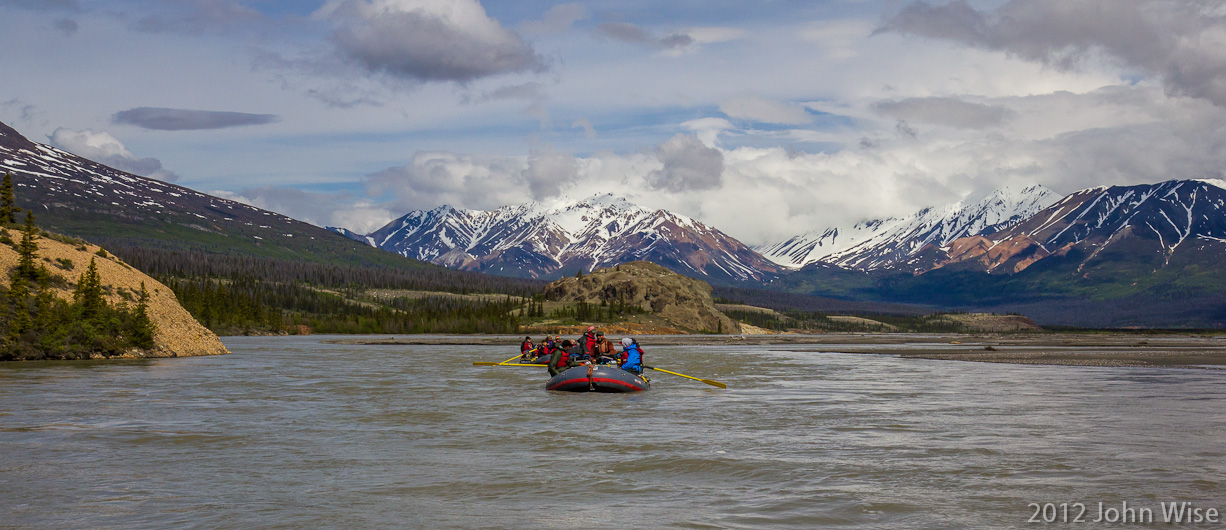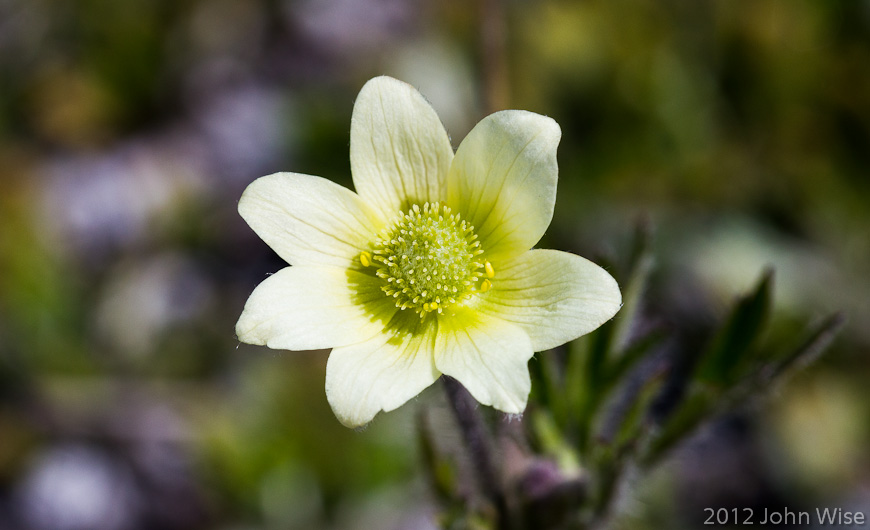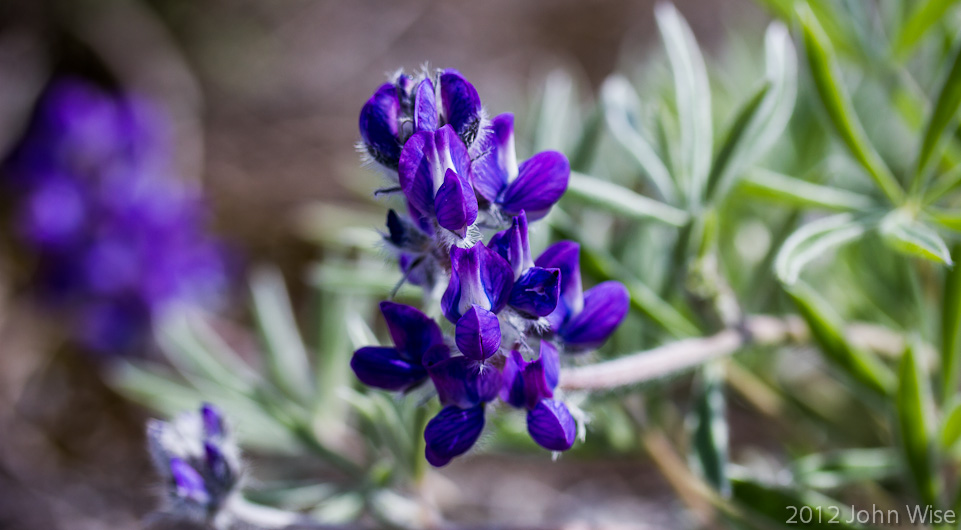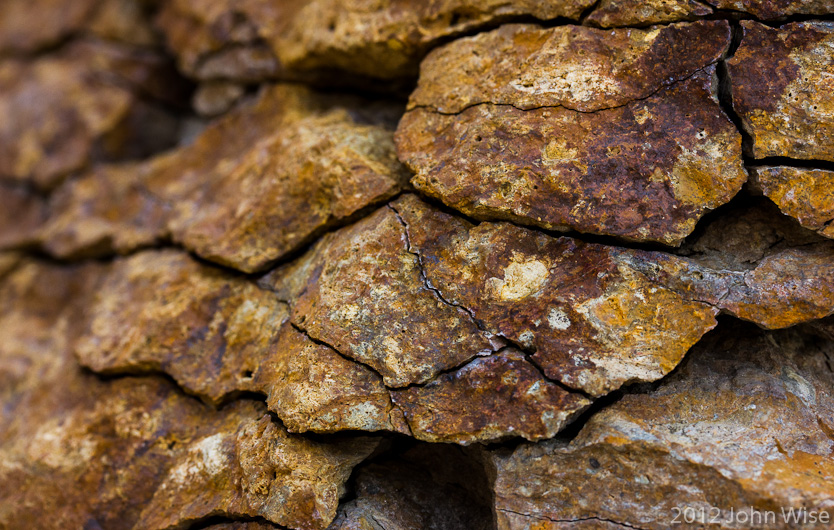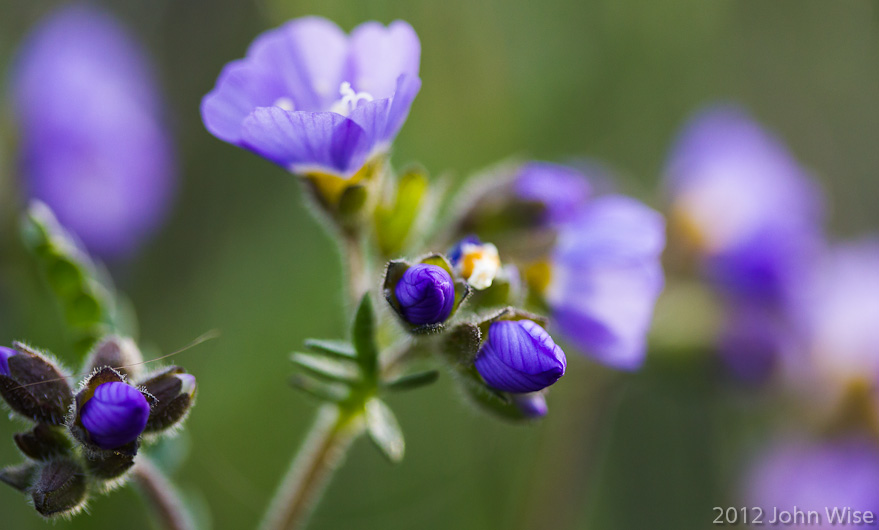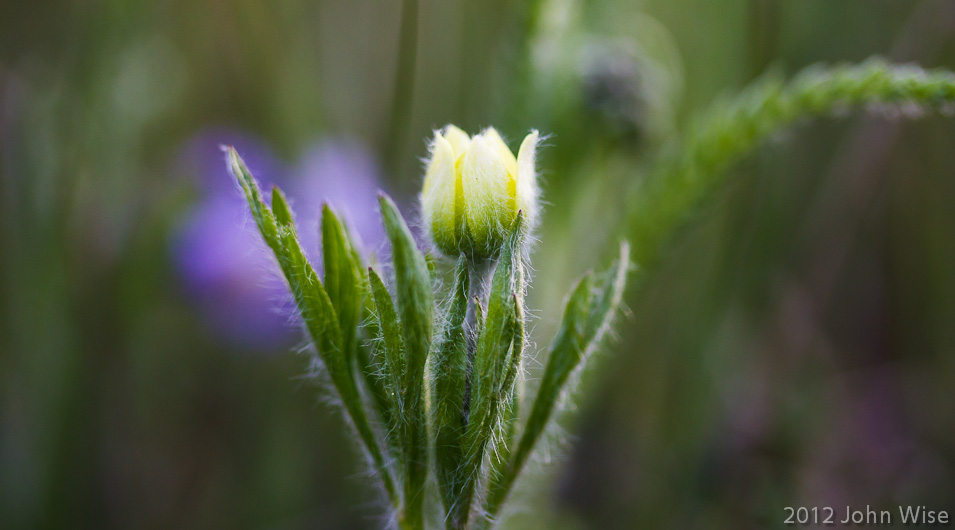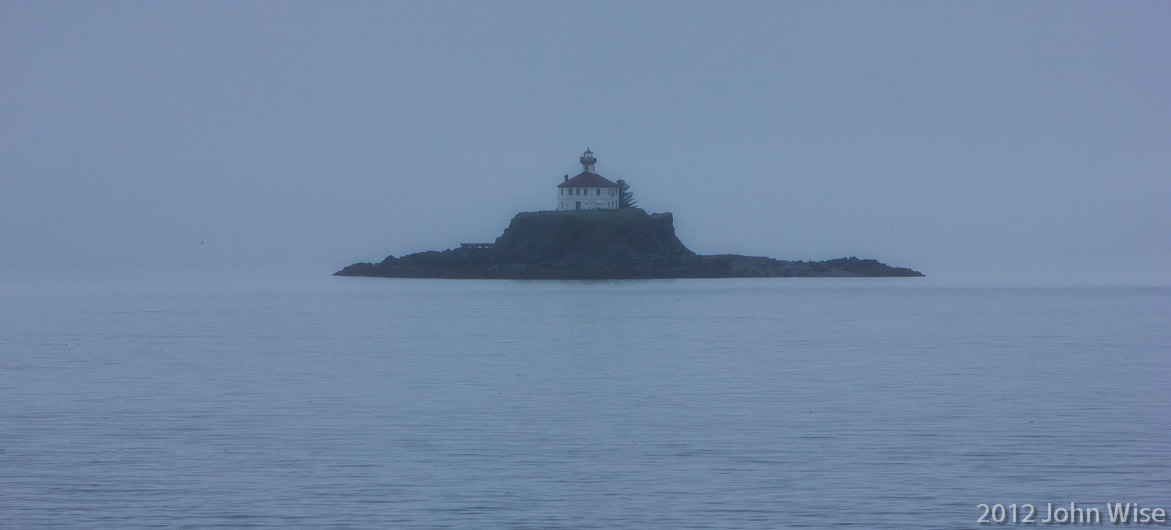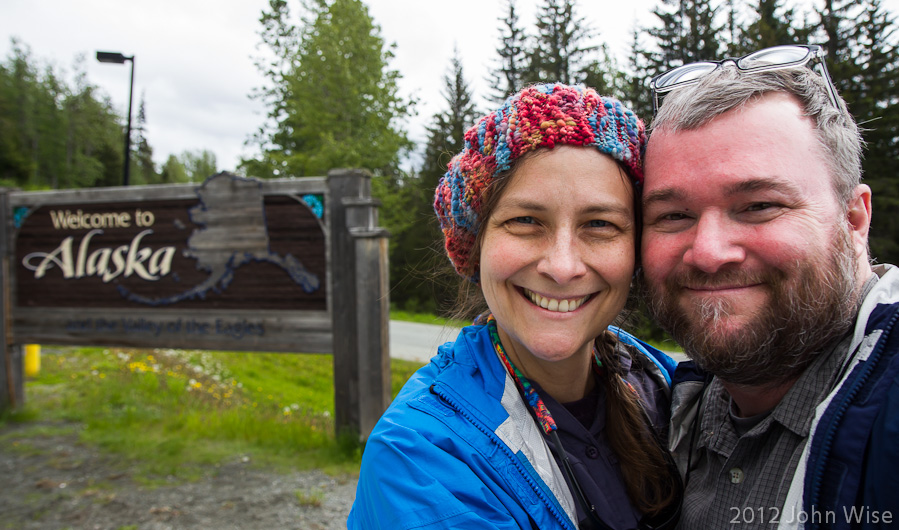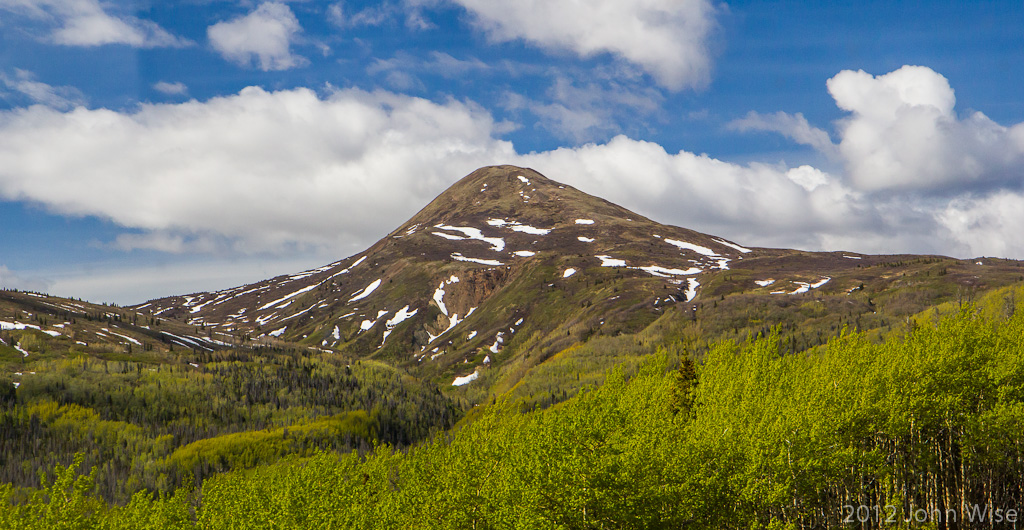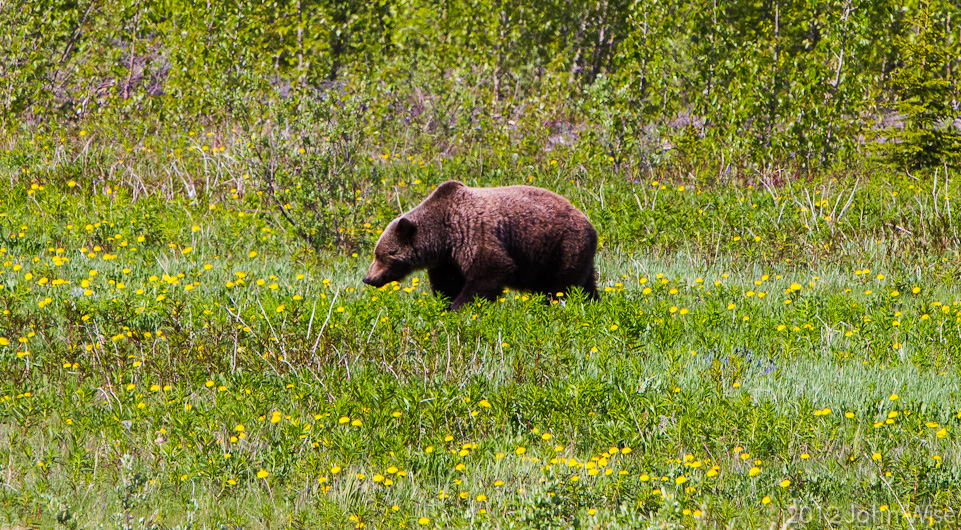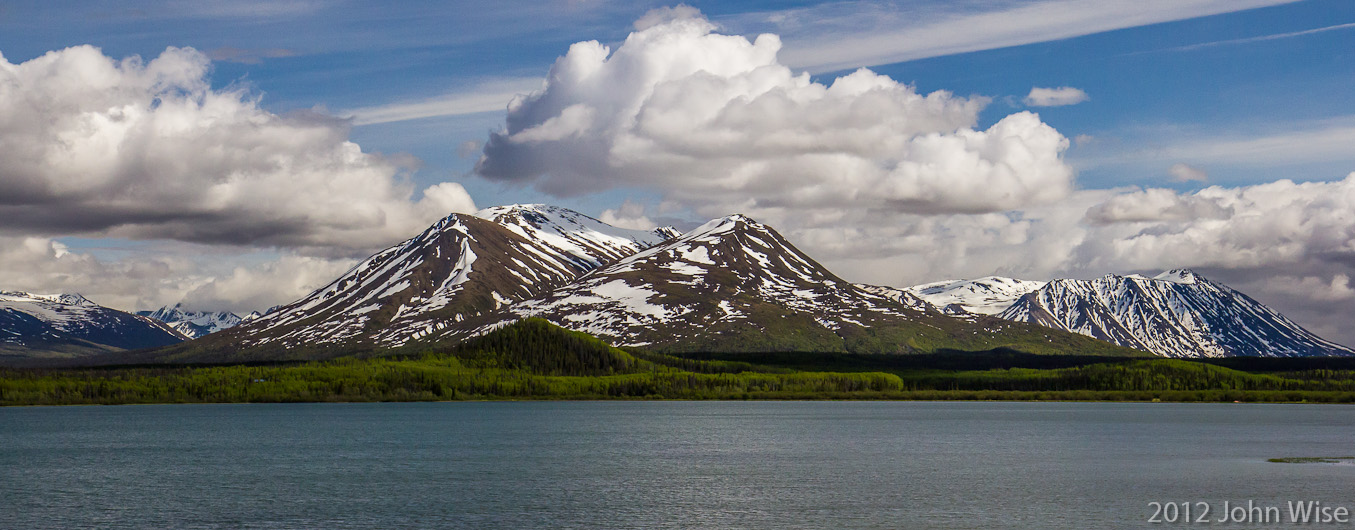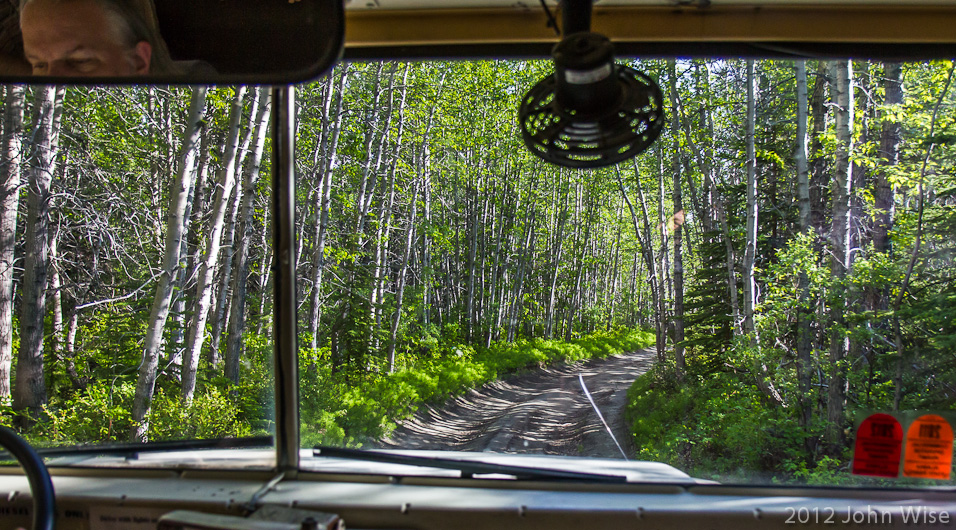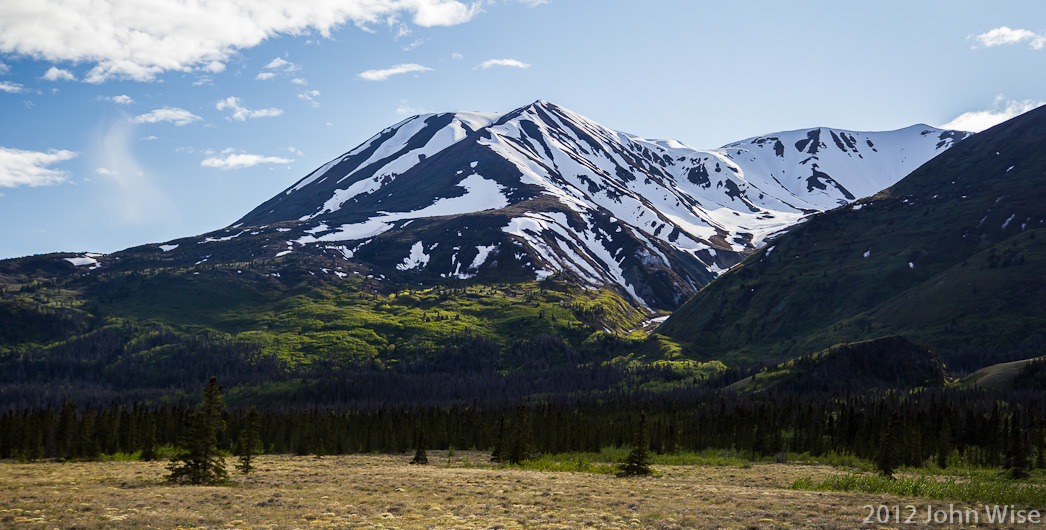
What an exciting night, not a great one for sleep, but the sounds of icebergs rolling and the glacier calving was an experience that I hope to never forget. I’d tell you that we woke at the break of dawn, but it was never night; this is such a strange phenomenon. When we finally do shake ourselves from our tent, we see that we are apparently the first to emerge. Our first point of business is to head to the lake to see what changed overnight. On the right of the nunatak was this iceberg now showing part of its blue underbelly. The wave created when this giant started to roll must have pushed the other bergs out of the way because we have a beautiful view of this berg that was obscured last night. I wait, I sit, and I try to remain patient, hoping that it will continue its rollover. It didn’t budge.

Coffee was ready before the majority of the camp was awake. This is a time of day on river trips that I truly appreciate: while my senses are again focused and aware, the voices of the others remain silenced. The driftwood that had been collected yesterday continues to snap and crackle as the fireworks turn it to ash. I sip my coffee, look, and listen as details are found and bookmarked. Soon, others are stirring. I may never understand those travelers who wake with an explosion of energy that is best released through the gregarious noise of announcing they have arrived. Maybe it’s a biological holdover from our distant primate ancestors who reveled with loud celebratory screeching at the Sun that it indeed had returned to reanimate us with a new day. Surely, my ancestors were from a branch of life that did not draw attention that they were ready to sacrifice themselves as a meal to the next predator.

Today is known as a “layover” day, meaning we are staying put. Well not really staying in one place the entire day, but we are staying in the same camp for two nights. The reason for our layover is that our boatmen have a special adventure mapped out for us: we are to hike Goatherd Mountain. Only the “we” will be minus “me,” though I won’t be alone because fellow passenger John Hoffman has decided to stay back too. The hiking group gets started around lunchtime, the weather had been questionable up until that time. Caroline takes one of our cameras with her; a good thing we brought two DSLRs. Quiet once again overtakes the lakeside.

With the others gone, it was time to sit peacefully at the lake. For hours I watched the play of clouds hug and release mountain tops. In the distance, the roar of thunderous calving would elicit my standing attention to try and find precisely what was occurring; nothing could be seen. I walked the shore looking for a better vantage point for the next performance of ice ballet, but that spot was never found. As the sun peaks out from behind the clouds, the lake’s surface becomes a mirror, while the moments of silence are the mirror that reflects my inner voice. How does one question the enormity of what, in comparison, is actually a very small space, this lake and glacier of infinite detail that for the majority of time goes unobserved? How many fantastic scenes of beauty are never witnessed by the curious minds of those with the ability to recall and tell of the serenity that can be found in that which overwhelms our senses? I become smaller as I recognize the immensity of time and how nature does not care if it is the center of attention. How petty are we humans when compared to the generous magnanimity of our Earth?

Meanwhile, Caroline is high up the slope of Goatherd Mountain; that’s me on the shore far to the left! This overview represents approximately 8 miles from side to side and 40 miles of depth to the most distant peaks of Mt. Kennedy. From up here, it doesn’t seem so far-fetched that a massive wave could throw rafts up a hill; heck, it almost looks flat down there. Upon getting back home, it would be this view that we placed upon our desktops to bring us back to the Yukon and our Alaska adventure every day in the months that followed. Do not wonder if I am or was disappointed in not seeing this view. We humans cannot do it all, not even when right at the place to “do” something. While those who took the hike have this memory embedded in their imaginations, they did not see what I saw. How do we rank what is more valuable to our experiences than something else? How is amazing more amazing than amazing?

Orange lichen, because orange is way more exotic than plain old green, and this place is nothing if not exotic. Wikipedia calls this ‘common orange lichen,’ the contributor to that entry obviously does not live in a desert. The trail up and down Goatherd is not for those out for a stroll in the park; it is hard work. The payoff for your efforts are sights like these, though I suppose this might only appeal to those who are not only interested in the big picture.

Mmmm, Candy Mountain. I licked it and can attest to the fact that it is indeed taffy, stone-flavored taffy! Seriously though, this was part of Caroline’s hike on Goatherd, so to be truthful, I didn’t taste it, but she did and insists that it is just like candy. Oh, how I wish to be the all-knowing geologist with a scope of knowledge that could tell you (and myself) how these formations have come to be, but I cannot. If anyone reading this can offer up some insight, I would gladly plagiarize your comment in order for me to appear more knowledgeable than I am right now.

After my wife finished eating Candy Mountain, she got busy wearing down Candy Slope. By this time, I was starving back in camp. It was already after 6:00 pm when Caroline snapped this picture of what she was leaving for other sweet-tooths who might visit this sugar-laden sight for the eyes. My hunger was probably amplified due to my shivering. You may know that shivering burns a lot of calories, and I had good reason to be so cold. With Mr. Hoffman well out of sight and no one else around, I stripped down to the bare essentials, that being what hair I have on my body, and bathed in Lowell Lake. No, I did not go for full immersion; sadly, I could only stand in the lake for moments, just long enough to pour a few gallons of ice water over myself. Yowza, that was cold, but it was also exhilarating. Now fully adrenalized, I was ready to start washing up. Being the environmentally aware folks that we are and that we had a good amount of Dr. Bronner’s left from our rafting trip down the Colorado River, I got to lather up with spearmint soap. Now likely looking like a cross between Santa Claus and a polar bear with severe hair loss, it was time to rinse off. Back into the water with my bucket. Ooh, that water’s cold. Oh no, I still have bubbly suds in my hair, suds that a second bucket doesn’t fully clear away. My head is starting to shrink. This is like an ice cream headache I’ve never known; the entire skull is crushed in pain. A third dousing and I have to pause; I’m out of breath and squealing while small chunks of iceberg float by. Reduced in appearance to a sex-neutral, fat Ken doll, I go for the fourth and final rinsing. I am now squeaky clean and thrilled that at least this once, I will have had the luxury of bathing in a lake of giant ice cubes on a spectacularly sunny day while standing naked in the Yukon. I hope I didn’t just admit to breaking any Canadian decency laws.

One view is not like the other, nor is any view like another. Perspective changes, even small incremental shifts, have the ability to bring into focus scenes that leave us in astonishment that a head turn should deliver so much new to see. What is hard to see are the animals. Signs of them are everywhere, we see bear, wolf, and moose tracks, just nothing to attach them to. Good thing the sights are able to make up for it. Excuse me while I ooh and aah at the scenery while watching for bear.

It’s after 7:00 p.m. when the first wave of hikers re-enter camp; it will be another hour before the rest of our group comes home. While the fire is ready to start cooking the burgers and dogs we’ll be having tonight, we’ll have to wait on the others. Meanwhile, we are getting guests from a nearby group of campers who are on the same journey as we are. They arrived earlier in the day, see photo above, and are setting up camp just up the road. This is a favorite stop for travelers on the Alsek River as it is the first glacier encountered, and groups are well situated to take the hike up Goatherd Mountain.

With time to spare, I got right to work on Caroline, telling her how invigorating my bath was; she was hooked and soon followed my steps. Armed with a bucket, soap, and a towel, she’s just as eager as I was to throw off the clothes and take the plunge. Between my hysterical laughter and her yips of reaction to the cold, I manage to help slowly rinse away the soap. I admit that I languished in a slow-motion pour, allowing every drop of water to roll down her back as she believed there was still more soap to rinse off. Don’t go thinking I was mean about this, it is our normal. If you asked her, she would tell you, too, that she wouldn’t trade it for anything. The piece of ice in the photo? I had to break that out of Caroline’s hair.

With nothing else to do, we meander up and down the shore. Both of us ensured each other that our day was nothing less than spectacular. Caroline tells me I’m lucky I didn’t go on the hike as my vertigo would have likely gotten the best of me; I tell her how lucky I was to have the day to watch the comings and goings of ice as it drifts across the lake. I also remember telling her of a particular attention-grabbing lake event that happened a few hours earlier when something large and unseen turned over. While I couldn’t manage a glimpse of precisely what it was, its effect was unmissable. Following the rollover, a large wave kicked up radiating from the iceberg’s location and sent a short foot and half-wall of water toward a nearby cove. The wave mostly dissipated before reaching me, but maybe even more interesting was the fluctuation of the lake level. Slowly, the lake level went down and then sloshed back up. Back down and then up again; this happened a good half a dozen times before leveling off again. I tried to imagine how big the iceberg had to be that could affect that much water displacement, especially considering that I couldn’t see it with all of the other icebergs that were blocking the view. Obviously, it wasn’t the biggest of the big; I can only wonder what that would have looked like.

In all our lives, neither Caroline nor I could remember our shadows having shadows. No need to correct me; I understand that one set of shadows are those made directly by the sun and the others from the sun reflected off the water. Enough of science; I’m going to stay in self-delusion and choose to see this as a special glacial phenomenon that only occurs on select days when the sun is in a particular spot in the sky, and enough ice melt has occurred. Double shadows all the way!

It took the other group of hikers longer than expected to return from their hike to the Arctic, not that it much mattered; sights like this satiated my appetite. As 10:00 pm approached we were finally sitting down for a bite to eat. After a cloudy start to the day, the long afternoon sun and the almost clear sky have been dreamy. We, too, have floated on the surface of perfection just as this ice has, the only difference being you can be sure we are not as beautiful as this amber ice jewel.

It’s not long before midnight when I snap my last photo. With countless days of adventure still ahead of us, it’s hard to let go of this one. The layover will be finished in the morning. We’ll pack up, and if ice doesn’t block our way, we’ll leave the lake for a new destination further downstream. I can’t help but wonder if I have really seen anything that was here.



